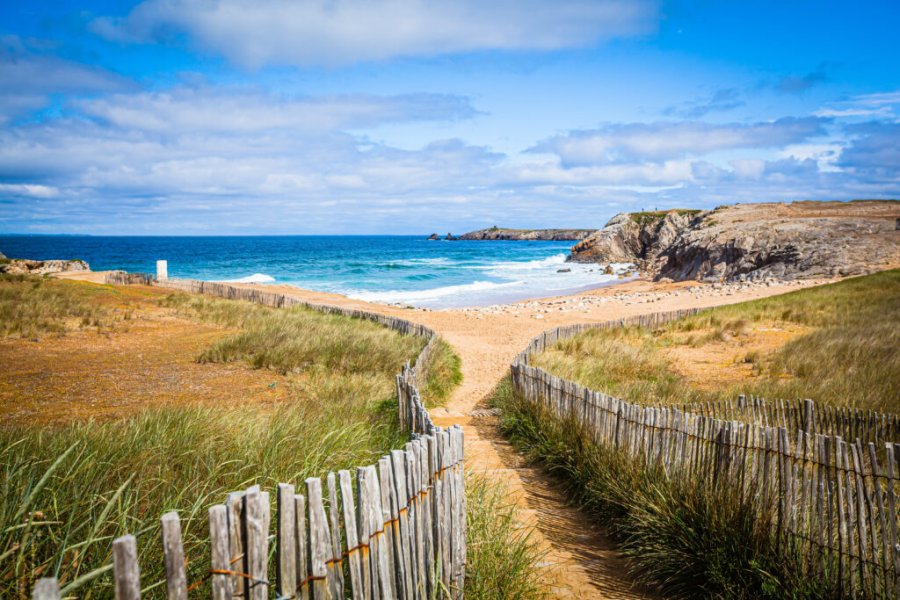Travel Guide Cousin
Find an accommodation
Advertising
The visitor must be small on this "special reserve" that is Cousin (which is next to... Cousine!). Here, no smoking, no picnicking, no flash photography. Not even to collect shells. In order not to disturb the serenity of the residents, the visits are obligatory guided. Having been previously occupied by a copra factory, the island was acquired in 1968 by the Royal Society for Nature Conservation, with the help of the World Wildlife Fund and thanks to donations from all over the world (the chocolate magnate Cadbury having financed two thirds of the purchase), it was indeed the refuge of a species then in danger, the Seychelles warbler. Immediately classified as a nature reserve in order to save this species, Cousin is now managed by Nature Seychelles, a non-profit organization (part of the BirdLife International network) whose objective is to preserve biodiversity. Cousin has become one of the three major bird sanctuaries of the Seychelles marine bird population. Today, Cousin has some 500 permanent pairs (compared to 26 in 1968), and in April-May, the island is nothing but a vast nest, with some 300,000 marine birds. Therefore, be careful! The boats of the reserve, which it is obligatory to borrow to disembark (for a fee of 600 SR per adult and 300 SR per child), drop you off on the island, from Tuesday to Friday only, with mosquito repellent that you should remember to take with you (if not, the guards will provide you with some). The naturalist visitors are invited by the manager or one of his guides to respect the typically Seychellois flora and fauna of this land of refuge, whose main tenants are the brown noddi and the white gygis. From the fairy tern (symbol of Air Seychelles) to the turtle-dove to the straw-tailed, passing by the song magpie, the toc-toc, the frigate bird, the blue pigeon and the moorhen, one can observe in this kingdom of feathers about twenty species of birds (among which six sedentary), the rarest being the object of a ringing. Not even a rat or an owl to worry all this little winged world on which five ornithologists keep watch. Crabs and geckos have also found here a safe territory, which still shelters the largest millipede on the planet. It is also here that we find the highest density of lizards in the world. About fifteen land tortoises are also part of the residents, with the doyenne George, who is said to be over one hundred and fifty years old. The hawksbill turtle can sometimes be seen, but the sea turtle, more fearful than the land turtle, is quick to return to the sea, unless it has just laid its eggs. Cousin is the most important nesting place in the western Indian Ocean for this turtle and the only granite island totally restored with native vegetation. Crossing a forest particularly rich in turtle wood (whose fruits are very appreciated by turtles), a path leads to the top (69 m) of the morne from where the view plunges on Praslin and Cousin. But it is soon necessary to return to the virginal beach, where you can quench your thirst, from where you will be brought back to the excursion boat anchored off shore for a return with images full of head.
Suggested addresses Cousin
Weather at the moment
Advertising
Organize your trip with our partners Cousin
Transportation
Book your plane tickets
Car Rental
Boat rental
Accommodation & stays
Find a hotel
Holiday rental
Find your campsite
Tailor-made trip
Immersion travel
Services / On site
Activities & visits
Find a doctor
Cousin travel inspiration
Find unique Stay Offers with our Partners
Other destinations nearby Cousin
5 km away
25 km away




